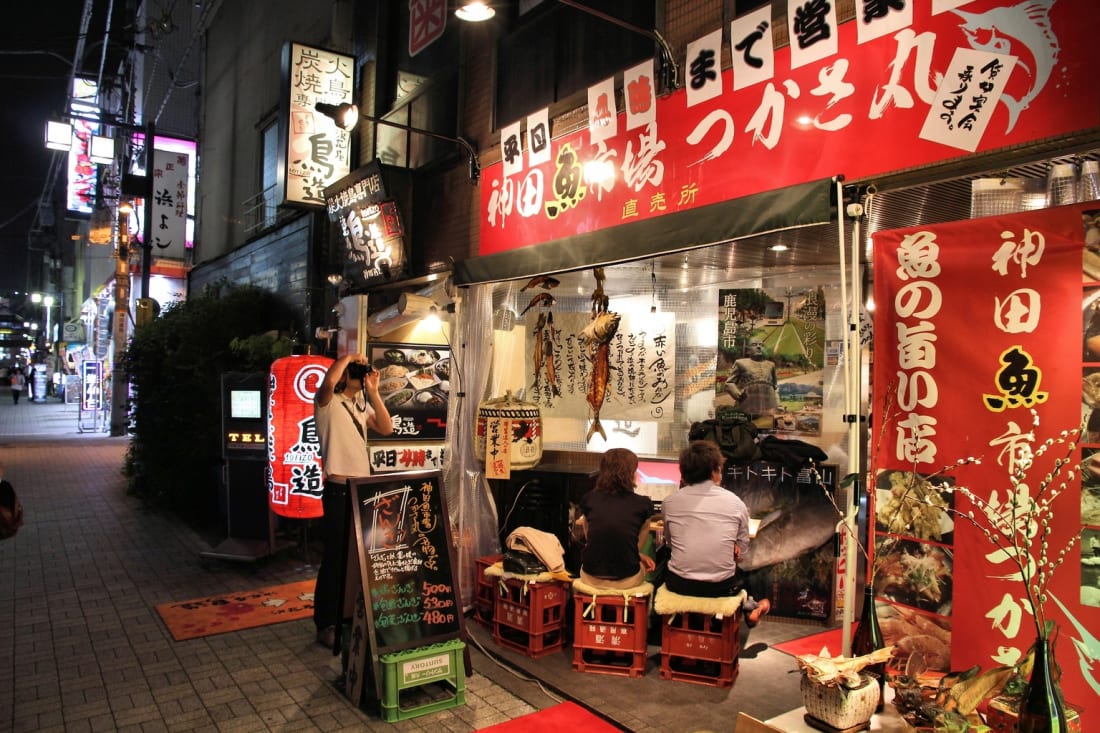In part 1 we discussed how to recognize the kanji and vocabulary relevant to your allergies prior to arriving in Japan. Now, it’s time to look out for them on Japanese food labeling.
Your first time in a Japanese grocery store might be intimidating. In North America, common allergens like peanuts are usually clearly indicated on the front of the packaging, making it easy to spot and avoid. In Japan, however, you will have to take the time to read ingredient lists thoroughly, especially in the case of items that aren’t familiar to you yet.
Learning how to read the labels on Japanese packaging is a daunting task, but not impossible to accomplish. Companies can label potential allergens in a variety of ways. The most common is using a table and darkening ingredients used in the production of the item.
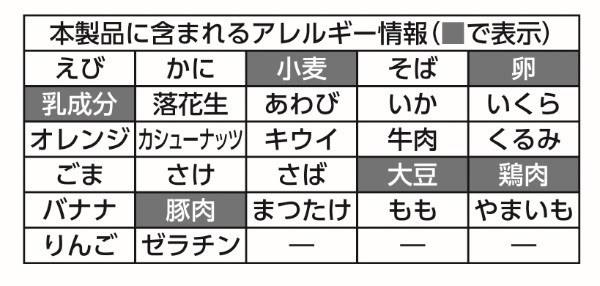
At the convenience store, because of restricted space, there might not be anything more than a long list of things you might or might not be able to read, but here are keywords that can indicate potential allergens: 原材料の一部に, which roughly translates as “raw ingredients include.” In other cases, allergens might be indicated in bold font and/or underlined – scattered through the ingredients’ list.
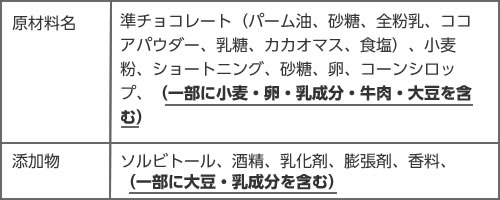
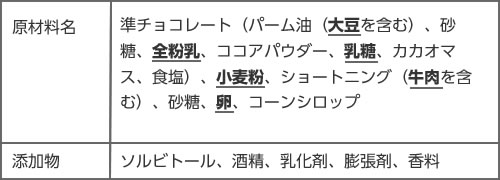
It’s important to note that neither of these labelings mentions anything about cross-contamination.
When You Want to Eat Out
If you’re staying in Tokyo, Osaka or any city with substantial tourist traffic, bigger and even smaller restaurants located in popular sightseeing spots might be prepared to answer some questions about allergies. More remote locations might not be, though. When in doubt, it’s always safer to ask.
Learn the grammar and vocabulary necessary to be able to ask and understand in such cases when you absolutely need to ask the waiter for more information. It doesn’t need to be super complicated or poetic, the point is to get the message across. Something like “Kore ni 〇〇 ga haitteimasuka?” (which translates to “Is there ____ in this?) while pointing at a picture is a good, simple, no-fuss way to do so.
Because allergies are fairly uncommon in Japan, most cooks don’t know every ingredient that goes into their dishes, especially when it comes to raw ingredients, so be prepared for the answers you might get or lack thereof. Asking whether the broth contains traces of shellfish might turn into a wild goose chase, and if they can’t guarantee your safety, they might refuse to serve you all together.
For some, cross-contamination isn’t an issue but for others, it can be deadly. If you find yourself in that situation, it’s better to walk out and find another restaurant. Only in rare instances will the staff offer to use separate pots or anything like that.
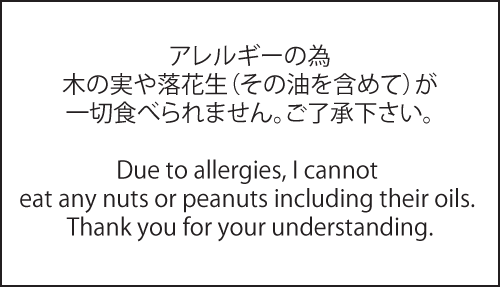
If your allergies are complex and you want to make sure the waiter understands your situation, you can get a card with crucial information printed in Japanese. If you aren’t super comfortable with speaking Japanese, this is a way to make sure they understand the situation. You can find cards here to print before your trip. Some hotels can help you with this too.
It’s recommended to keep a list of restaurants and meals that are foolproof and update it as you find them. Chain restaurants are usually the safest. They tend to use the same ingredients no matter the location. Yes, it’s a little annoying to be so careful, and you’ll never be able to just randomly pick something off the menu to be “adventurous,” but it does get easier over time.


